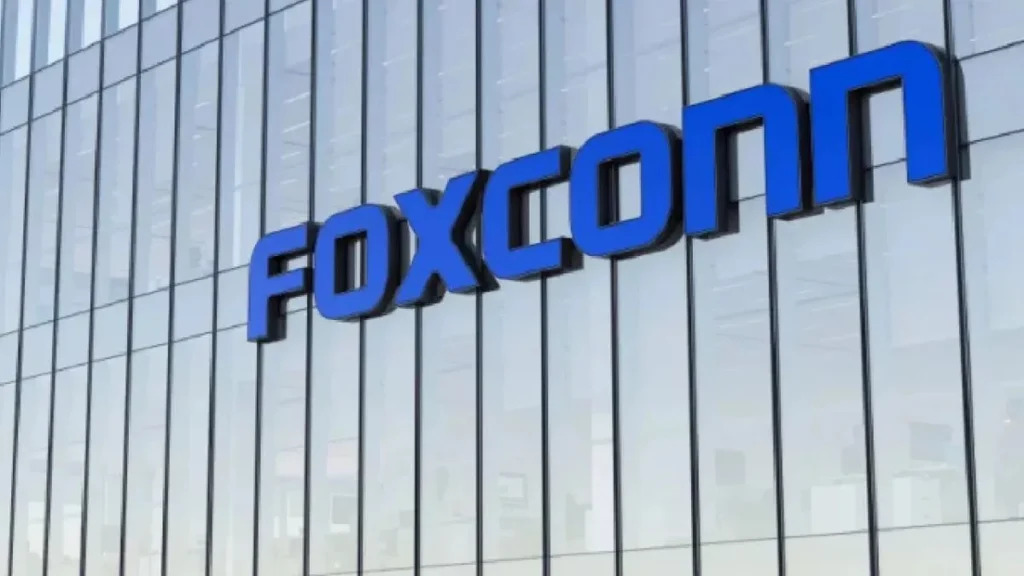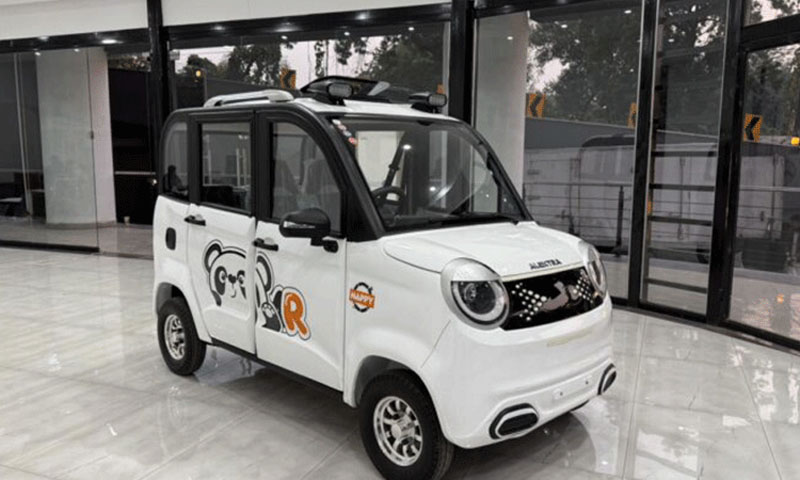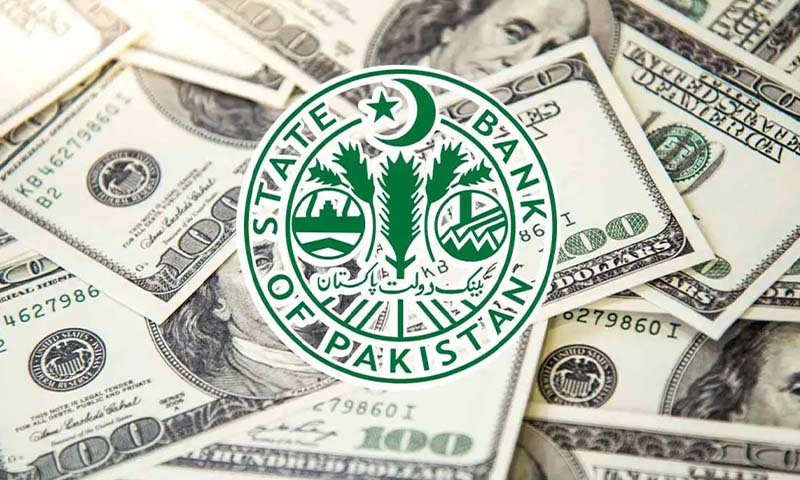- Web Desk
- Yesterday
Tensions rise as Foxconn withdraws hundreds of Chinese workers from India’s iPhone factories
-
- Web Desk Karachi
- Jul 03, 2025

BEIJING, CHINA: Foxconn Technology Group has asked hundreds of Chinese engineers and technicians to return home from its iPhone factories in India, dealing a blow to Apple Inc.’s manufacturing push in the South Asian country.
The bulk of Foxconn’s Chinese staff at iPhone plants in southern India have been told to fly back in a move that began about two months ago, people familiar with the matter said. More than 300 Chinese workers have left, and mostly support staff from Taiwan remain in India.
It is not immediately clear why Apple’s biggest iPhone assembler sent the workers home. Earlier this year, officials in Beijing verbally encouraged regulatory agencies and local governments to curb technology transfers and equipment exporters to India and Southeast Asia in what is a potential attempt to prevent companies from shifting manufacturing elsewhere, reported Bloomberg.
Apple Chief Executive Officer Tim Cook has landed the skill and expertise of Chinese assembly workers, highlighting it as the key reason – not just more favourable cost – for setting up the majority of Apple’s production in the country. Their removal from India will slow down the training of local workforce as well as the transfer of manufacturing technology from China, likely raising production costs.
iPhone 17 Pro Max likely to launch on this date with major upgrades
The extraction won’t impact the quality of production in India, but it’s likely to affect efficiency on the assembly line.
The change comes at a bad time for Apple, as it is preparing to ramp up production of the new iPhone 17 with its manufacturing partners in India. Foxconn is in the process of building a new iPhone plant in southern India.
Foxconn’s move follows the steps Beijing has taken to make it harder for technology, skilled labour and specialised equipment to leave China for manufacturing upstarts such as India. The South Asian nation and countries including Vietnam are trying to attract global tech companies, taking advantage of US-China tensions that are prompting firms to diversify their locations.
That supply chain shift started under US President Donald Trump’s first term, with Apple moving some gadget assembly to India and Vietnam. The diversification is now further propelled by his new tariff plans, to which China has responded by restricting exports of rare earth minerals, labour and tech.
With Foxconn still makes most iPhones in China, it has gradually built sizable assembly operations in India in recent years. It had deployed a large number of experienced Chinese engineers in the country to help speed up its expansion.
Chinese managers have been critical in training Foxconn staff in India. The South Asian nation began assembling iPhones at scale just four years ago, and now accounts for a fifth of the global output. Apple has been planning to build most iPhones for the US in India by late 2026, a move that Trump has criticised. The president has said Apple should make iPhones for American customers in the US.
But expensive American labour make iPhone production in the US unfeasible. And any moves by China to prevent its experienced engineers from moving to the US would make any plans by Apple to set up gadget assembly at home even more unattainable.
India’s government was informed by Foxconn it was withdrawing its Chinese staff, but it wasn’t told the reasons for the move. The government hasn’t seen a major impact on phone production yet.
Foxconn is asking its suppliers to convert some machinery so that it can be operated by Indian employees. Existing machinery largely runs on Chinese-language software so it will need to be retrofitted to be used by engineers and other workers who speak English. The order for this have already been given and the machines will be delivered to Foxconn in a few months.
The company is also bringing in Taiwanese and Vietnamese workers to replace the employees moving back to China.
Relations between China and India have been strained for years, as both countries vie for greater influence in the region. Tensions have eased somewhat since last year, and several senior officials like India’s defense minister and national security adviser have recently travelled to China for high-level meetings.
Still, direct flights between the neighbours haven’t resumed following skirmishes at their border, and Indian maintains curbs on visas for Chinese citizens and bans on Chinese apps including TikTok. Meanwhile China is upholding an export ban on fertilizer products to India after having eased that for other countries.





